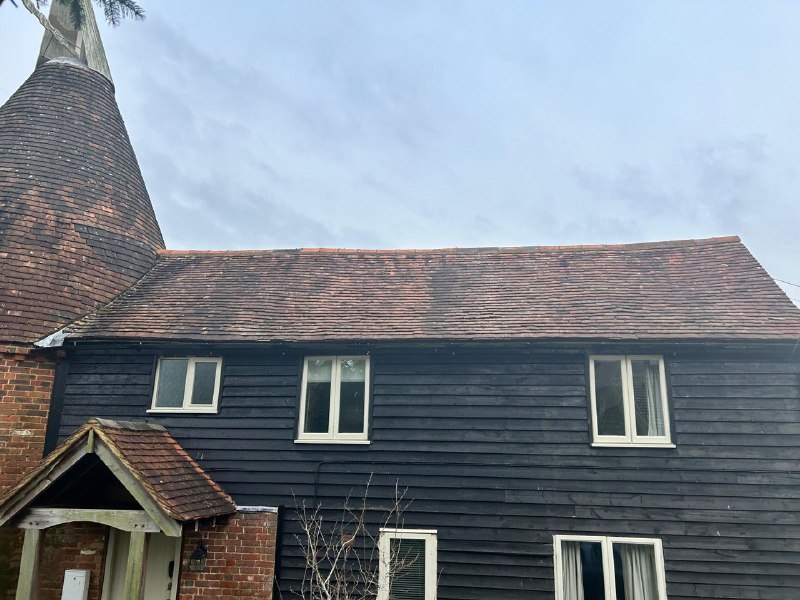Introduction: While flat roofs are popular for many commercial and residential buildings in Ilkeston, they require regular inspections and maintenance to ensure their longevity and performance. Walking on a flat roof can be hazardous if not done correctly. This guide will provide essential tips to safely navigate your flat roof for inspections and maintenance, ensuring your safety and the roof’s integrity.
1. Preparation Before You Begin
Before stepping foot on your flat roof, there are a few preparatory steps you should take:
Check the Weather: Avoid walking on your roof during wet, icy, or windy conditions. Slippery surfaces and strong winds can increase the risk of falls.
Wear Appropriate Footwear: Choose shoes with soft, non-slip soles to prevent damaging the roof surface and to provide better traction.
Use Safety Gear: Equip yourself with a safety harness, especially if the roof is high. Ensure the harness is securely attached to a stable part of the building.
Inform Someone: Always let someone know you will be on the roof. They can provide immediate assistance in case of an accident.
2. Inspecting the Roof
When inspecting your flat roof, follow these steps to ensure a thorough and safe examination:
Start from the Edges: Begin your inspection at the roof edges and work your way inwards. This will help you identify any immediate hazards near the perimeter.
Look for Signs of Damage: Look for cracks, blisters, ponding water, and loose materials. These signs can indicate underlying issues that may require professional attention.
Check Penetrations: Examine areas where vents, chimneys, and skylights penetrate the roof. Ensure that the seals around these areas are intact and free from leaks.
3. Performing Maintenance
Maintenance tasks on a flat roof range from simple cleaning to more complex repairs. Here are some common tasks and tips for performing them safely:
Clearing Debris: Remove leaves, branches, and other debris that can clog drainage systems and cause water buildup. Use a soft broom or a blower to avoid damaging the roof membrane.
Cleaning Gutters and Drains: Ensure that gutters and drains are free of obstructions. Blocked drainage can lead to water accumulation and potential leaks.
Repairing Minor Damage: You can temporarily repair small cracks or blisters using roofing sealant. For more significant damage, contact a professional roofing contractor.
4. Safety Tips While on the Roof
While performing inspections and maintenance, keep these safety tips in mind:
Watch Your Step: Be mindful of where you place your feet. Avoid stepping on soft spots or areas that appear damaged.
Stay Low: Crouch or kneel to maintain a low centre of gravity. This reduces the risk of losing balance and falling.
Use a Ladder Safely: Ensure the ladder you use to access the roof is stable and secure. Always face the ladder when ascending or descending.
Avoid the Roof Edge: Stay away from the roof’s edges to reduce the risk of falling. If you need to inspect the perimeter, do so from a safe distance.
5. When to Call a Professional
While homeowners can do regular inspections and minor maintenance, some situations require the expertise of a professional roofing contractor. Consider calling a professional if:
- You notice significant damage or large areas of wear and tear.
- You need to be more comfortable performing certain tasks.
- Your roof is made of specialised materials that require specific knowledge for maintenance.
Conclusion: Walking on a flat roof for inspection and maintenance can be done safely with proper preparation and caution. Following these guidelines ensures your roof remains in good condition while safeguarding yourself from potential hazards. However, always remember that some tasks are best left to professionals.
Call us on: 0115 647 1193
Click here to find out more about Ilkeston Roofing Repairs
Click here to complete our contact form and see how we can help you with your roofing needs.

